Isn’t it true, nothing screams “I’ve been to Japan!” than posting a picture of yourself with a shrine or temple in the background, right?
If you happen to visit Japan, don’t miss to include visiting temples and shrines in your itinerary and don’t hesitate because no matter what your religion is, it’s no big deal to visit shrines and temples. The Japanese ‘pray’ at temples and shrines largely out of tradition rather than religion so they won’t mind foreigners inside these premises at all.
To the unfamiliar, shrines and temples can be quite hard to distinguish. The easiest way to tell is often from the Japanese name. The word for shrine is jinja and for temples it is o-tera, and the kanji will be suffixed to the name of the shrine or temple. Temples and shrines are definitely popular sights in Japan. Basically, temples refer to Buddhism and shrines to Shintoism.
There are so many temples and shrines scattered all over Japan with Sensoji Temple in Asakusa (Tokyo), Kiyomizudera (Kyoto) or the Todaiji (Nara) among the most popular.
(A great article explaining the differences between shrines and temples.)
These shrines and temples are undeniably attractive. However, if you visit the usual and the popular shrines and temples suggested by big travel agencies and Tripadvisor, you’ll most likely find hundreds of tourists in the same place as you. And they’d be on your left and right, behind you and in front of you when you take photos!
It’s no secret: more and more people are putting Japan high up in their travel bucket lists now more than ever. Statistics show that close to 30 million people visited the country in 2017. And the numbers continue to rise. Kyoto is crowded these days. It takes a lot of planning and effort to have shrines/temples and gardens to yourself.
I’ve been to the major shrines and temples in Japan and they were all beautiful and unique in their own way. But I hate that they are too crowded. I prefer the temples away from the big cities, tucked in the middle of a forest, shrines of small villages.
For sure, highly developed areas may be the top picks of most foreign travelers, but Japan’s rural regions are just as lovely and highly recommended for those who want to take a break from the busy city life. I’ve picked up a few from our new hometown.
1. Jinguji
This ancient temple is said to have been founded during the Heian period (A.D. 794-1185. T)he temple gate and hall dedicated to Kannon, both built during the late-Edo period, and three Buddha statues made during the Fujiwara period are all designated cultural assets of Niigata prefecture.
What I love about visiting shrines and temples is that it’s always a few degrees cooler than any place in town. It’s a great respite in the summer and Jinguji is not an exception!
I’ve been wanting to visit Jinguji since we arrived here in January, however, snow was at least 2 meters high around it! Now that everything is clear, I’m glad I went back to take photos of it. Don’t you think it’s mesmerizing?
2. Chosenji
Unfortunately, I couldn’t find information regarding this temple in the internet. My daughter was the one who told me about this place since it’s near the city’s biggest track and field stadium where her school trains and holds competitions. I may need to ask the monk who is in charge of this temple to know more.
I’ve copied and pasted the kanji characters in Google search but even in Japanese language, there were only very few search results that were relevant enough.
Chosenji is only about 10 minutes by car/taxi from the main station. It’s a little too far to walk, especially when it’s so hot in the summer or when the roads are dangerous in winter. I recommend visiting if you have your own car or else hire a taxi from the station.
3. Mitamafudoson Shrine
This is by far, my favorite among the shrines and temple I’ve visited. The entrance is not that eye catching, however, don’t be deceived. Walk through the shrine gate “torii” – if you love nature, serenity, culture and old traditional buildings, this one hits all the marks.
As soon as passed the shrine gate, we could hear the sound of water. Rushing water. Turbulent sound of water. And then I saw this waterfalls at the side of the shrine!
This is the part where I share a bit of myself. I get really emotional (and OA) seeing things like this. I just stood there, taking it all in. I mean, as if all these green wasn’t enough, there’s a freaking waterfall in the middle of it all! Having lived in the desert (Dubai) for 11 years, things like this make me hyperventilate!
It was getting cold, which was a very happy respite from the recent heat wave that’s going on in Japan this summer. It made me want to build a house right beside this. Can you imagine hearing the sound of water every minute of your waking life?
There’s a spring water that’s said to make you live longer if you drink from it. If you’re reading this and plan to go soon, bring a water bottle! Or else, there’s a nearby shop that give out empty plastic bottles for free so people can get water from here and bring it home or drink it while they hike. The water is free flowing anyway, so why not not share it, right? Very nice.
We climbed up a flight of stairs to see the second temple. Look at ALL. THAT. MOSS.
Just like the other temples and shrines that we’ve visited here, there isn’t much information about Mitama Fudoson in the internet.
These are just a scratch on the surface with regards to the number of shrines and temples in Tokamachi or Echigo-Tsumari region.
There are big ones and then there are many, many random small ones, too. Some can be found randomly in weird places even, like on top of mountains, in the middle of forests, etc.
The best, best thing about visiting these shrines and temples in our hometown? We had them to ourselves!
Mostly, or in our case, we were the only ones there. There wasn’t a single soul even if we were there on a weekend. Why? Because these places aren’t worth visiting? Surely, you don’t think so, right?
The reason why there are no tourists is that many people who visit Japan go to the popular places first. The shrines and temples in Kyoto, Nara or Nikko. Those are worth your travel dollars, yes, but when you’re done with those places, I hope you find the time to leave the well-worn tourist tracks and see a quieter Japan. And take pictures where there are no five hundred sixty two tourists behind you!
TRAVEL WITH GRACE
I’m available for a few dates from mid-September onwards, till the winter snow starts to accompany travelers who want to experience the beauty and serenity of Japanese shrines and temples for yourself. (And see the lovely countryside along the way). Drop me an email if that’s something you would like to do!


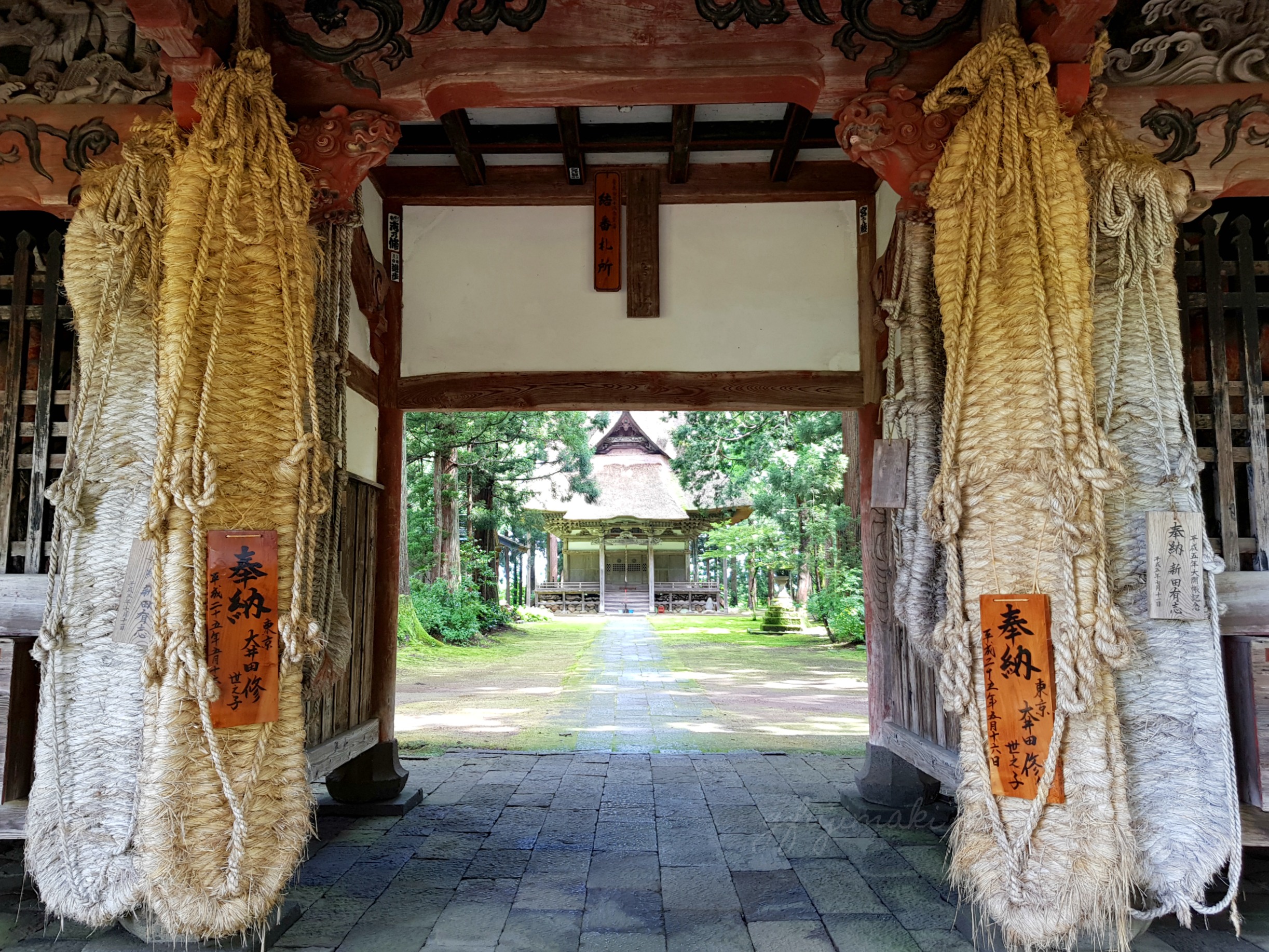




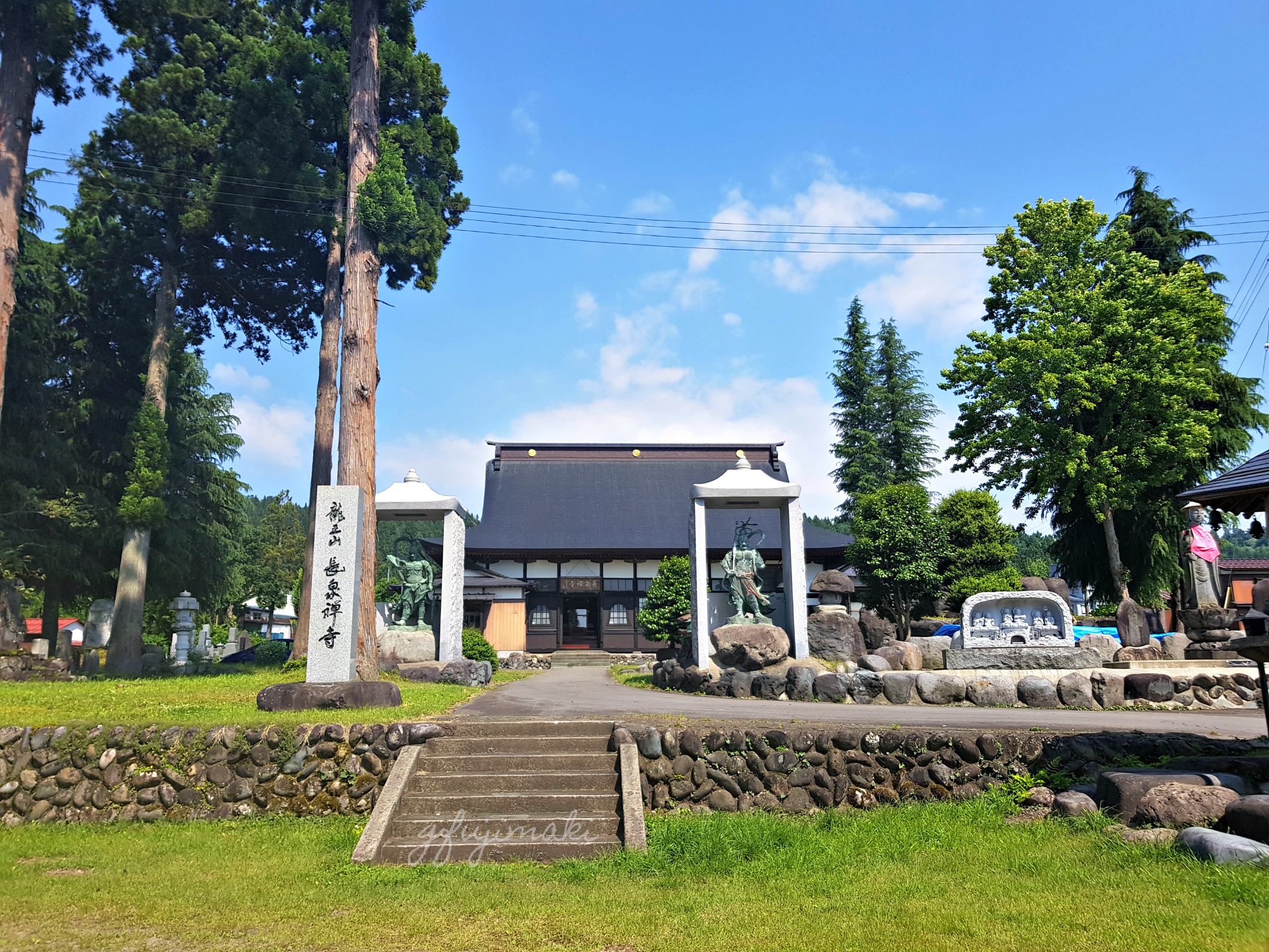

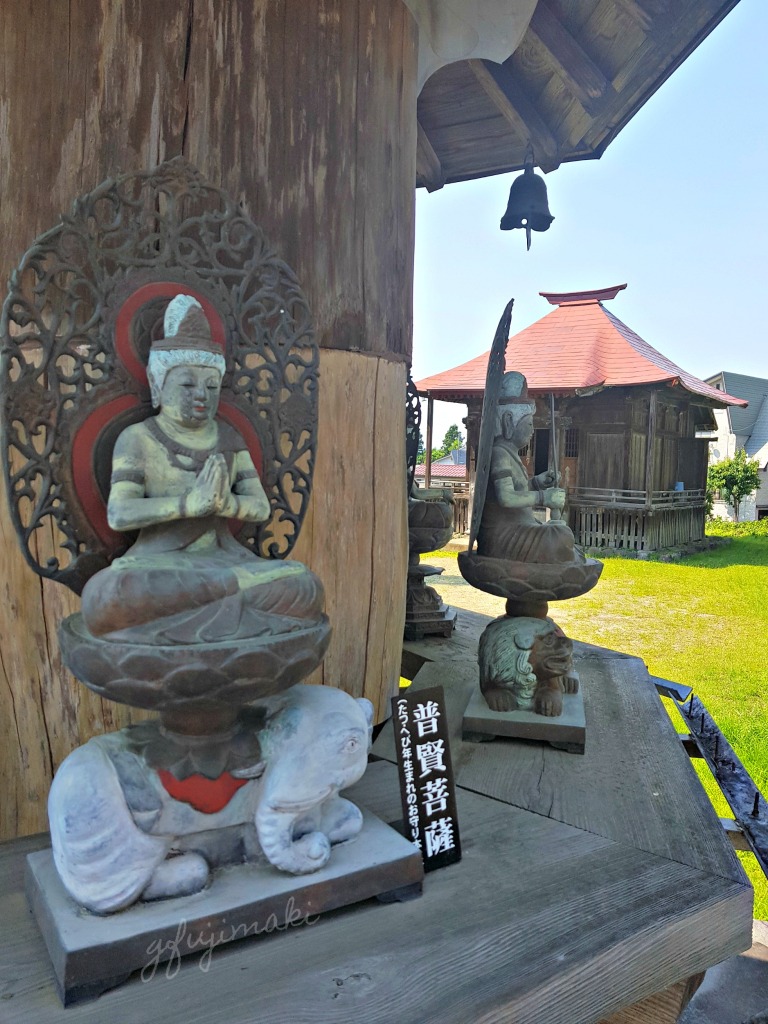



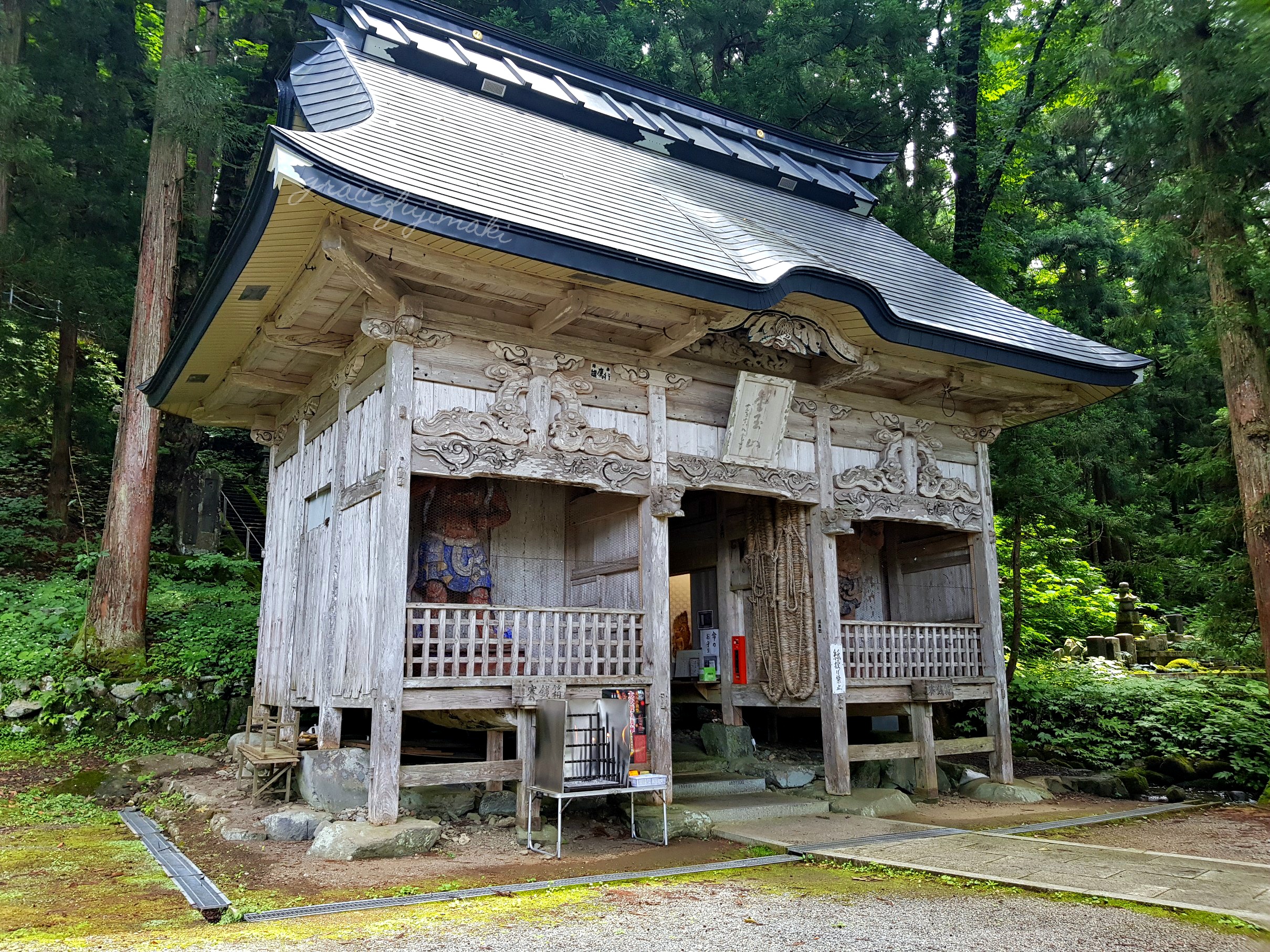








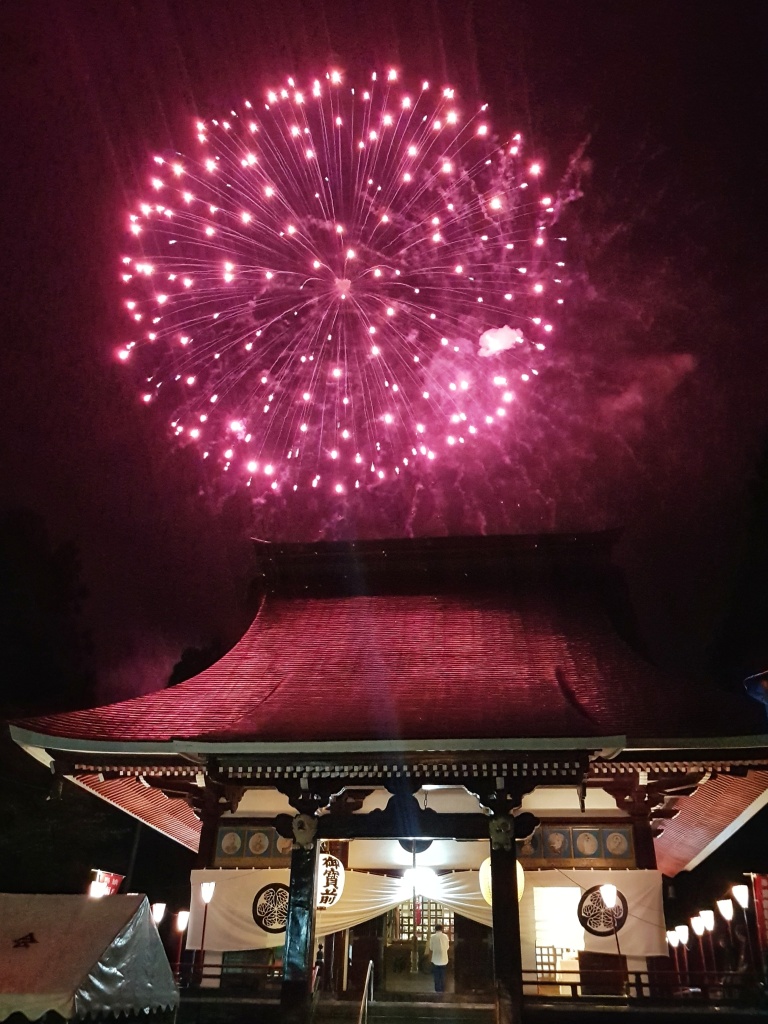
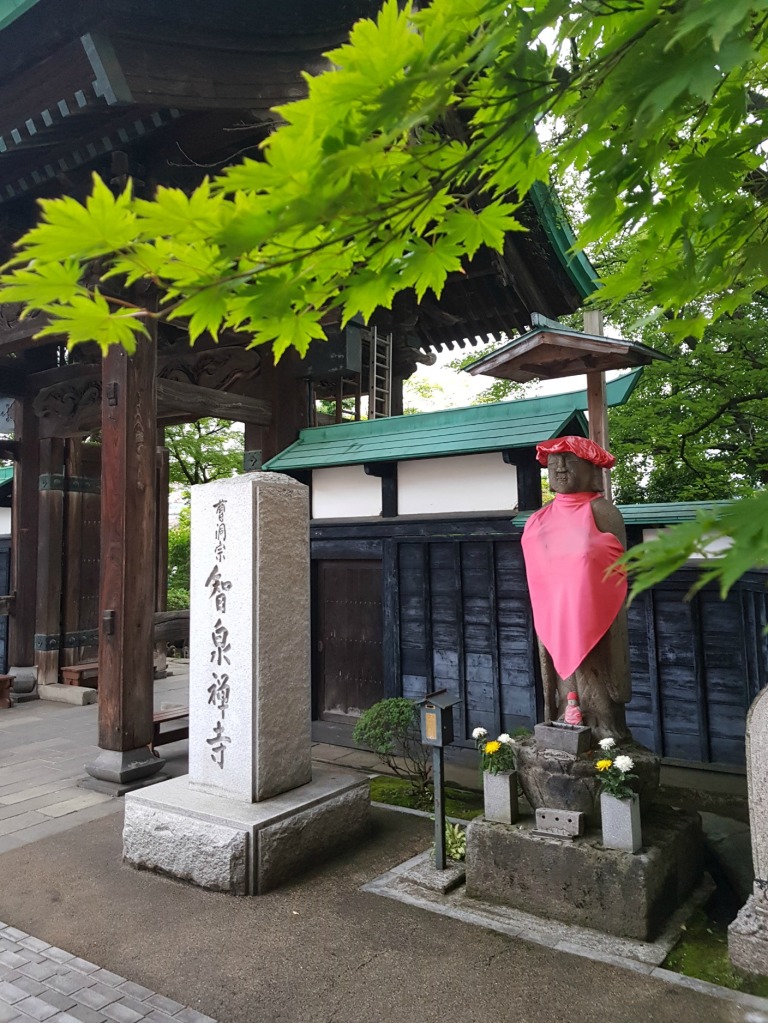
Oh, the countryside looks so very peaceful! I am truly a country girl. I am not fond of cities at all. I love the lush greenery, the beautiful shrines and the fountain of running water! Lovely!
LikeLike
Love your town’s temples and shrine! They look much more charming and peaceful! I always associate temples with serenity and calmness (not with hoards of tourists, mostly busy taking pictures and not learning about the place).
LikeLike
I want to visit Japan one day, Im still here in Dubai.. still loving the heat
LikeLike